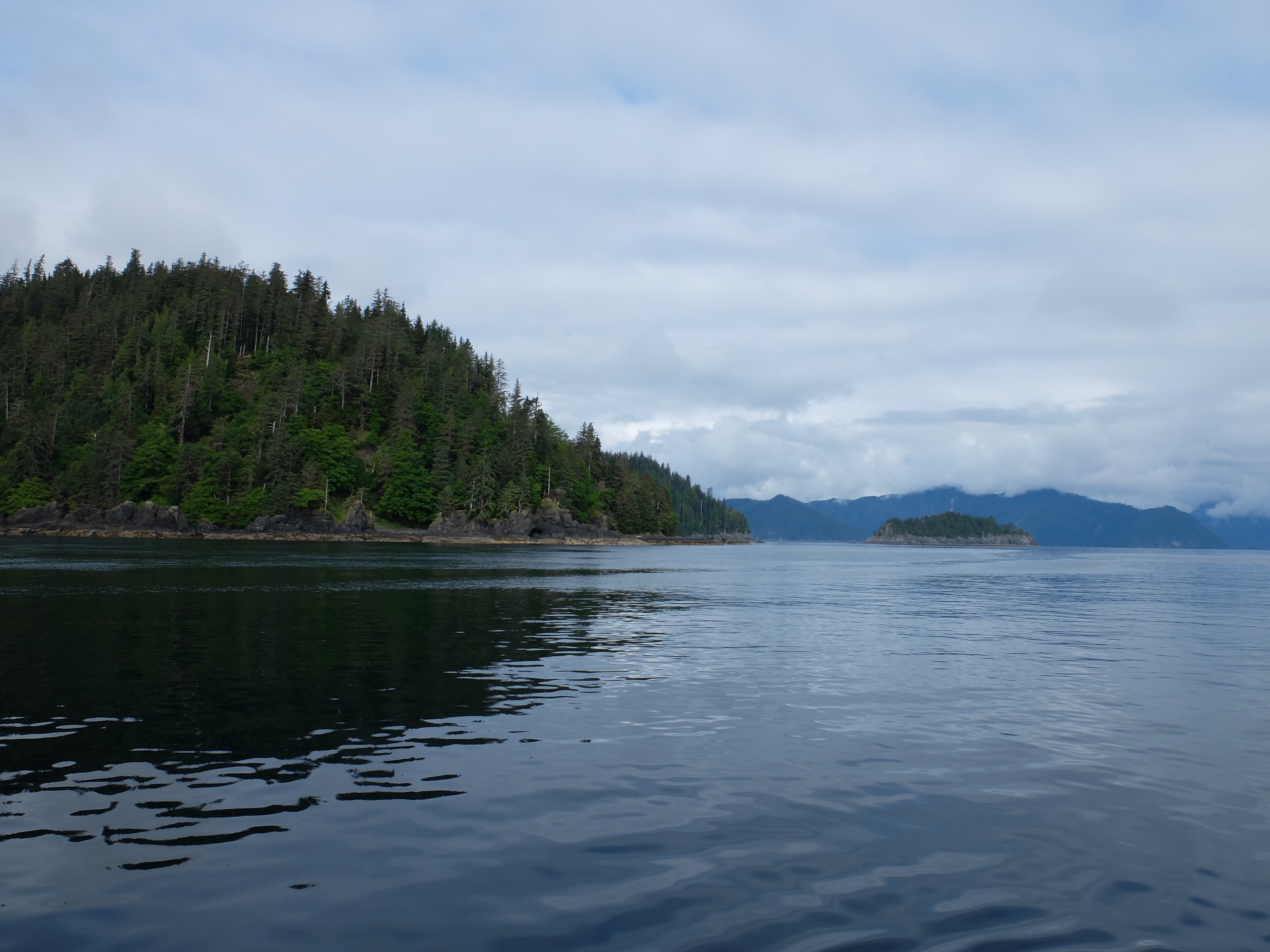Haida Gwaii (B.C.)
Enlarge text Shrink text- Cedar Symposium (1996 : Queen Charlotte Islands, B.C.). Proceedings of the Cedar Symposium, c1999:t.p. (Queen Charlotte Islands/Haida Gwaii) p. 1 (archipelago known ... as the Queen Charlotte Islands, known to some others as Haida Gwaii or Haida Gwaiiaay, and to still others as the Gwaiian Archipelago)
- Columbia gaz. of the world, c1998(Queen Charlotte Islands, archipelago of several large and many small isls., off the coast of W B.C., Canada. The main isls. are Graham and Moresby)
- BC Geographical Names Information System, July 1, 2010(Haida Gwaii, official name; Queen Charlotte Islands adopted 15 Oct. 1920; approved French form Îles de la Reine-Charlotte; re-named Haida Gwaii per Bill 18: Haida Gwaii Reconciliation Act, which legislation received Royal Assent 3 June 2010)
- Wikipedia, July 1, 2010(Haida Gwaii, Islands of the People, or more commonly, the Queen Charlotte Islands, and oldest in Haida, Xhaaidlagha Gwaayaai, Islands at the Boundary of the World, are an archipelago in northern British Columbia; On April 29, 2010, the British Columbia government introduced the Haida Gwaii Reconciliation Act, which proposed officially renaming the islands Haida Gwaii, as part of a reconciliation protocol between the province and the Haida people. The name became official on June 3, 2010 when the legislation received royal assent)
- GeoNames [algorithmically matched]island; 52°59ʹ58ʺN 132°00ʹ12ʺW
Haida Gwaii (; Haida: X̱aaydag̱a Gwaay.yaay / X̱aayda gwaay, literally "Islands of the Haida people"), also known as the Queen Charlotte Islands, is an archipelago located between 55–125 km (34–78 mi) off the northern Pacific coast in the Canadian province of British Columbia. The islands are separated from the mainland to the east by the shallow Hecate Strait. Queen Charlotte Sound lies to the south, with Vancouver Island beyond. To the north, the disputed Dixon Entrance separates Haida Gwaii from the Alexander Archipelago in the U.S. state of Alaska. Haida Gwaii consists of two main islands: Graham Island (Kiis Gwaay) in the north and Moresby Island (Haida: T'aawxii X̱aaydag̱a Gwaay.yaay linag̱waay, lit. 'south people island half', or Gwaay Haanas "Islands of Beauty") in the south, along with approximately 400 smaller islands with a total landmass of 10,180 km2 (3,931 sq mi). Other major islands include Anthony Island (Sg̱ang Gwaay), Burnaby Island (Sg̱aay Kun Gwaay.yaay), Langara Island (Kiis Gwaay), Lyell Island (Athlii Gwaii), Louise Island, (Ḵ'uuna Gwaay), Alder Island and Kunghit Island (G̱angx̱id Gwaay). On June 3, 2010, the Haida Gwaii Reconciliation Act formally renamed the archipelago to Haida Gwaii as part of the Kunst'aa guu – Kunst'aayah Reconciliation Protocol between British Columbia and the Haida people. The previous official name Queen Charlotte Islands was given by British explorer George Dixon in 1787 and the islands are known colloquially as "the Charlottes". The islands, upon which people have lived for 13,000 years, form the heartland of the Haida Nation. Members of the Haida Nation currently make up approximately half of the islands' population. The Council of the Haida Nation (CHN, X̱aaydag̱a Waadlux̱an Naay) was established in 1974 to "strive for full independence, sovereignty and self-sufficiency of the Haida Nation". As recently as 2015, the Haida Nation hosted First Nations delegations such as the potlatch and subsequent treaty signing between the Haida and Heiltsuk Nation. A small number of Kaigani Haida also live on the traditionally Tlingit Prince of Wales Island in Alaska. In a deal negotiated between the government and the Haida nation over the preceding decades, British Columbia in 2024 transferred the title over more than 200 islands off Canada's west coast to the Haida people, recognizing the nation's aboriginal land title throughout Haida Gwaii. Some of the islands are protected under federal legislation as the Gwaii Haanas National Park Reserve and Haida Heritage Site, which includes the southernmost part of Moresby Island and several adjoining islands and islets. Coastal temperate rain forest at the shore, the preserve also includes the San Cristoval Mountains, so named by the first European explorer, Juan José Pérez Hernández, and the oldest surviving European place name on the BC coast. Facilities are minimal, and access is via boat or seaplane. Also protected, but under provincial jurisdiction, are several provincial parks, the largest of which is Naikoon Provincial Park on northeastern Graham Island. The islands are home to an abundance of wildlife, including a large subspecies of black bear (Ursus americanus carlottae), and the smallest subspecies of ermine, the Haida ermine (Mustela haidarum haidarum), both endemic to the islands. Black-tailed deer, elk, beaver, muskrat, two species of rats, and raccoon are introduced species of mammals that have become abundant, imparting many ecological changes to the ecosystem.
Read more on Wikipedia >
 Place
Place


 - Graham Island - scenes around the Haida Heritage centre - the museum buildings - (21533671266).jpg)



